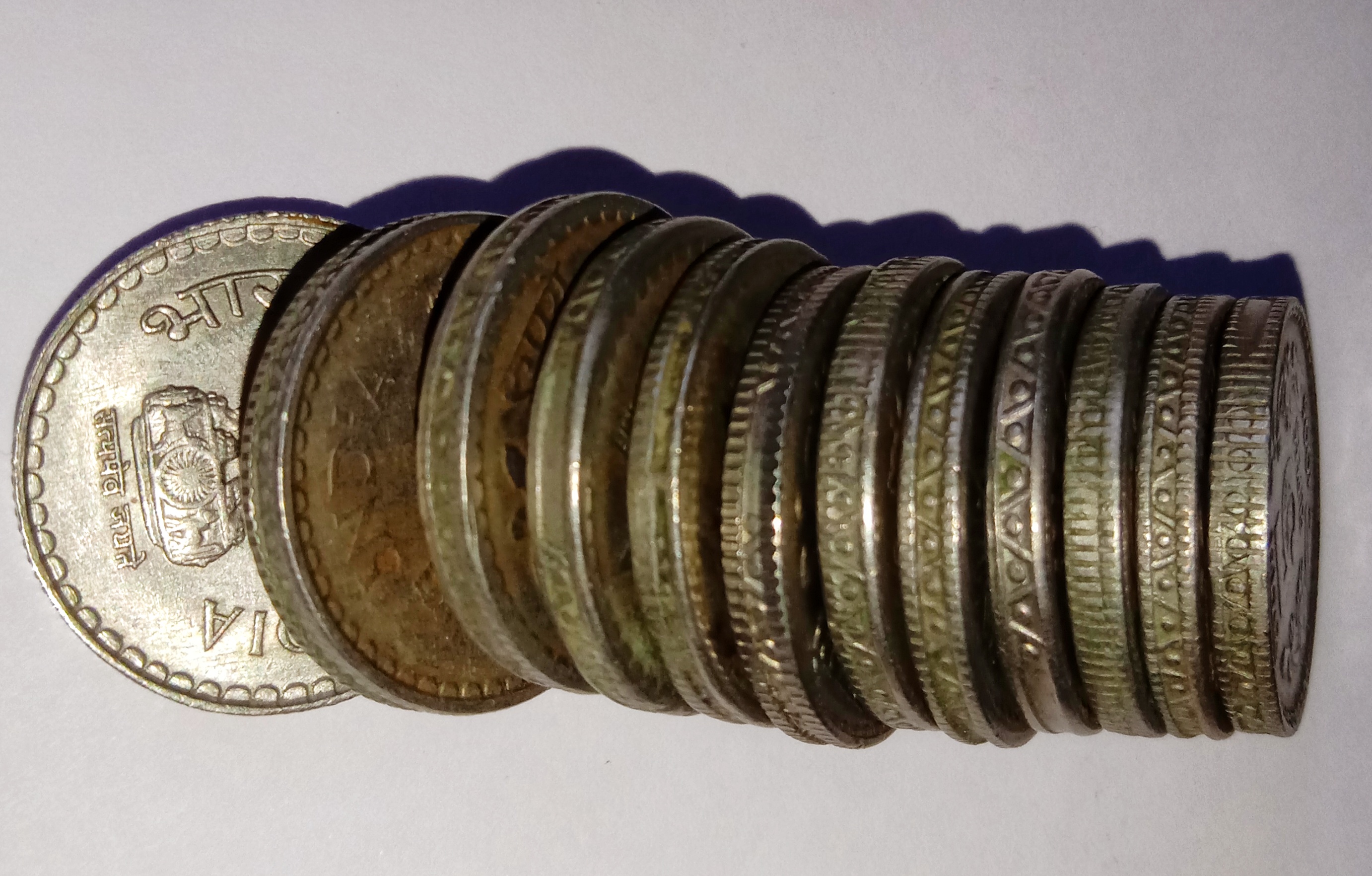|
Milled Coinage
In numismatics, the term milled coinage (also known as machine-struck coinage) is used to describe coins which are produced by some form of machine, rather than by manually hammering coin blanks between two dies (hammered coinage) or casting coins from dies. Introduction Until 1550, coinage techniques used in European mints had not progressed from the hammered coinage of Ancient Greece. This was problematic because an increase in the supply of bullion from central Europe and America was overworking mints. That led to low quality coins which were easily forged or clipped, i.e. precious metal was shaved from the edges of the coins. In accordance with Gresham's law, the clipped and forged coins drove good coins out of circulation, depreciating the currency. Leonardo da Vinci's notebooks showed there was a better way and Donato Bramante, the architect who made the initial plans for St. Peter's Basilica, developed a screw press to make the lead bullae attached to Papal document ... [...More Info...] [...Related Items...] OR: [Wikipedia] [Google] [Baidu] |
Numismatics
Numismatics is the study or collection of currency, including coins, tokens, paper money, medals and related objects. Specialists, known as numismatists, are often characterized as students or collectors of coins, but the discipline also includes the broader study of money and other means of payment used to resolve debts and exchange goods. The earliest forms of money used by people are categorised by collectors as "Odd and Curious", but the use of other goods in barter exchange is excluded, even where used as a circulating currency (e.g., cigarettes or instant noodles in prison). As an example, the Kyrgyz people used horses as the principal currency unit, and gave small change in lambskins; the lambskins may be suitable for numismatic study, but the horses are not. Many objects have been used for centuries, such as cowry shells, precious metals, cocoa beans, large stones, and gems. Etymology First attested in English 1829, the word ''numismatics'' comes from the adjec ... [...More Info...] [...Related Items...] OR: [Wikipedia] [Google] [Baidu] |

